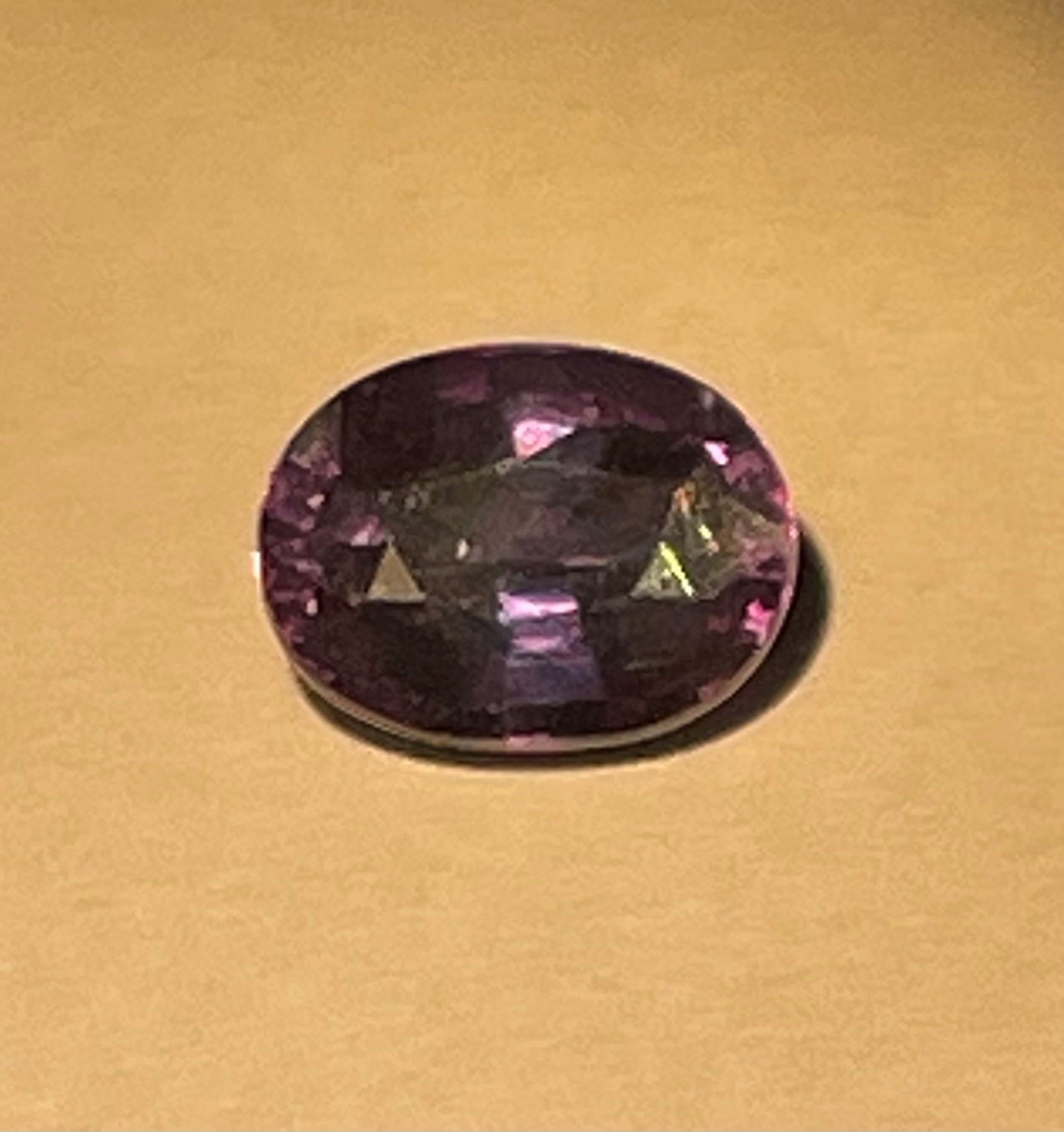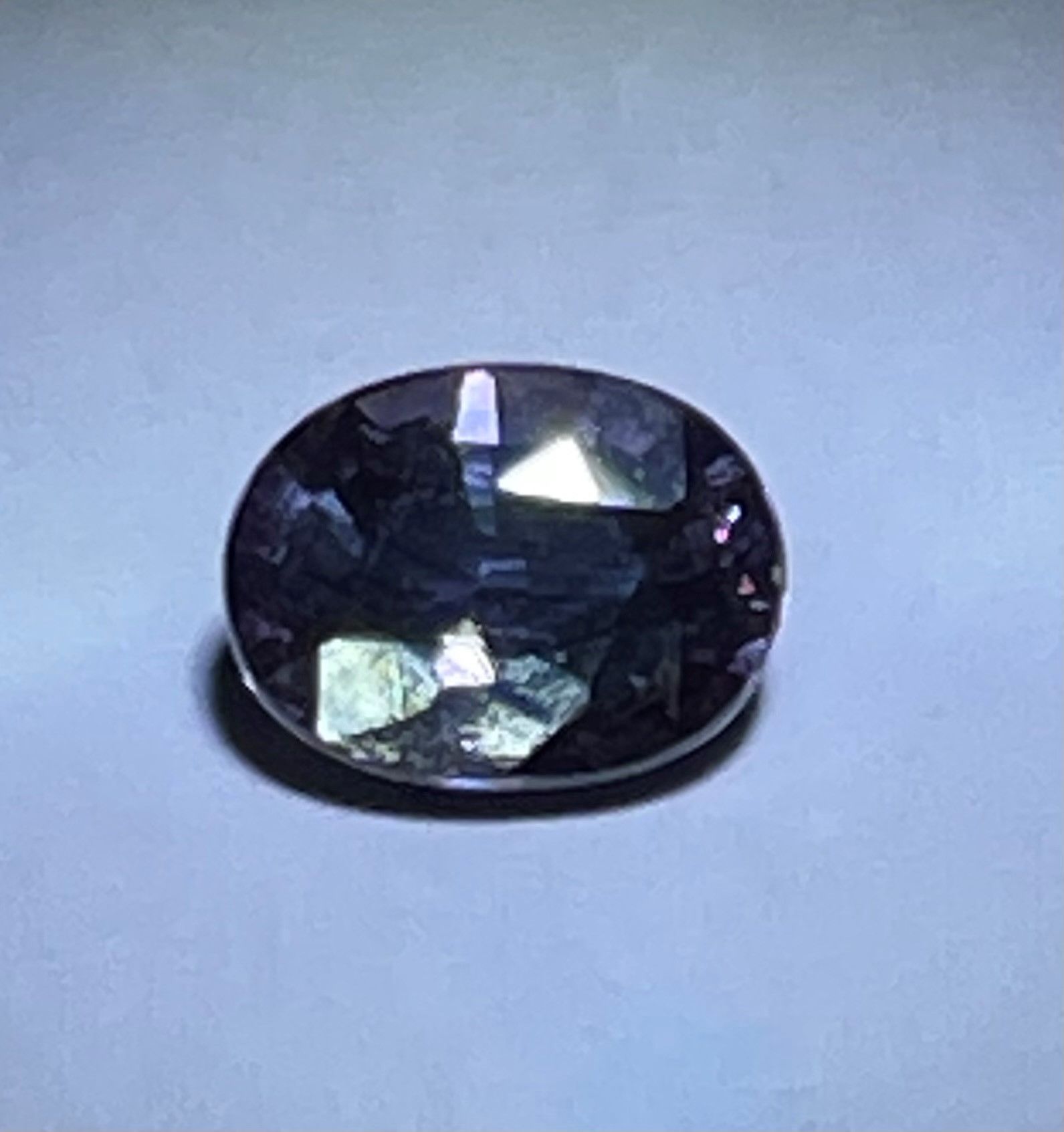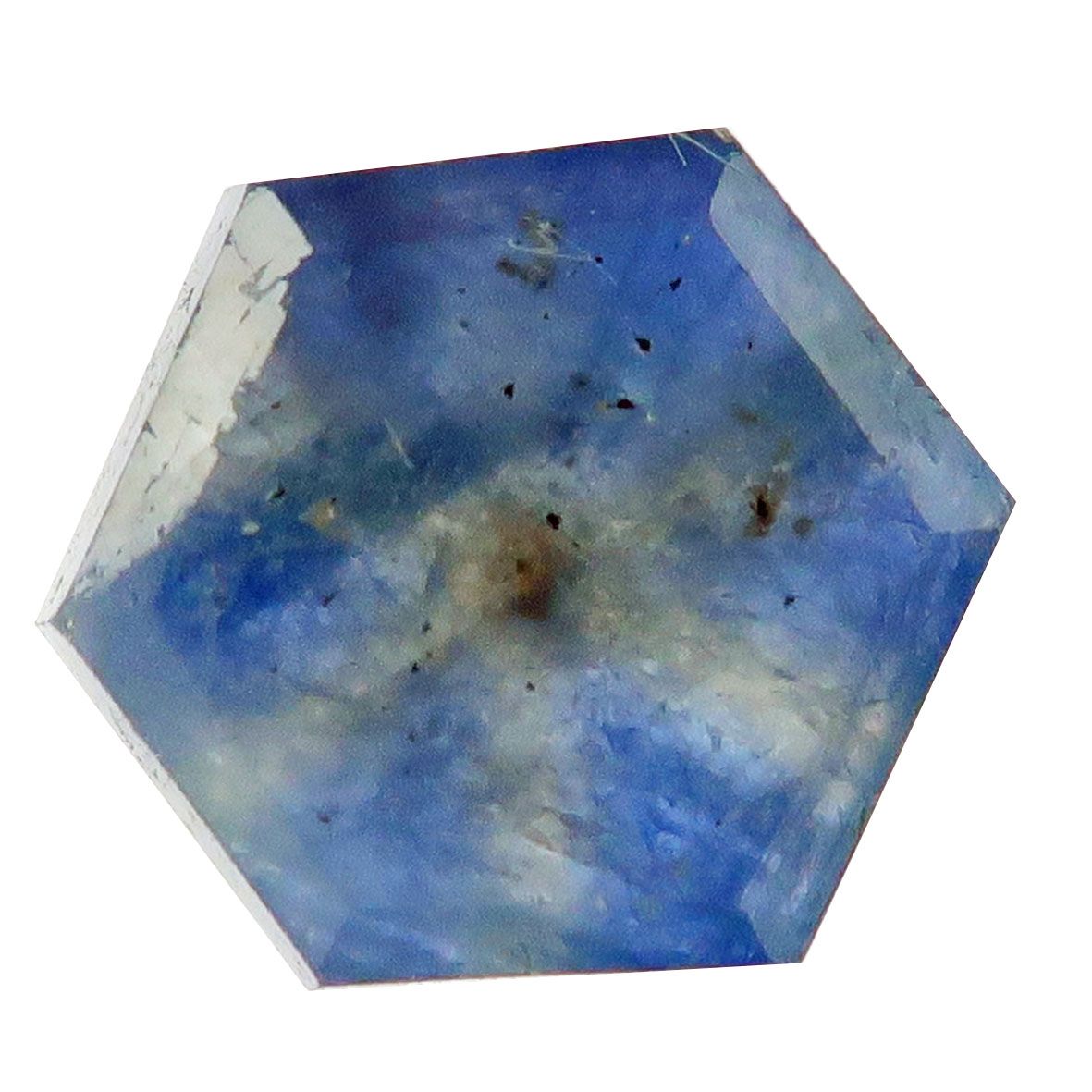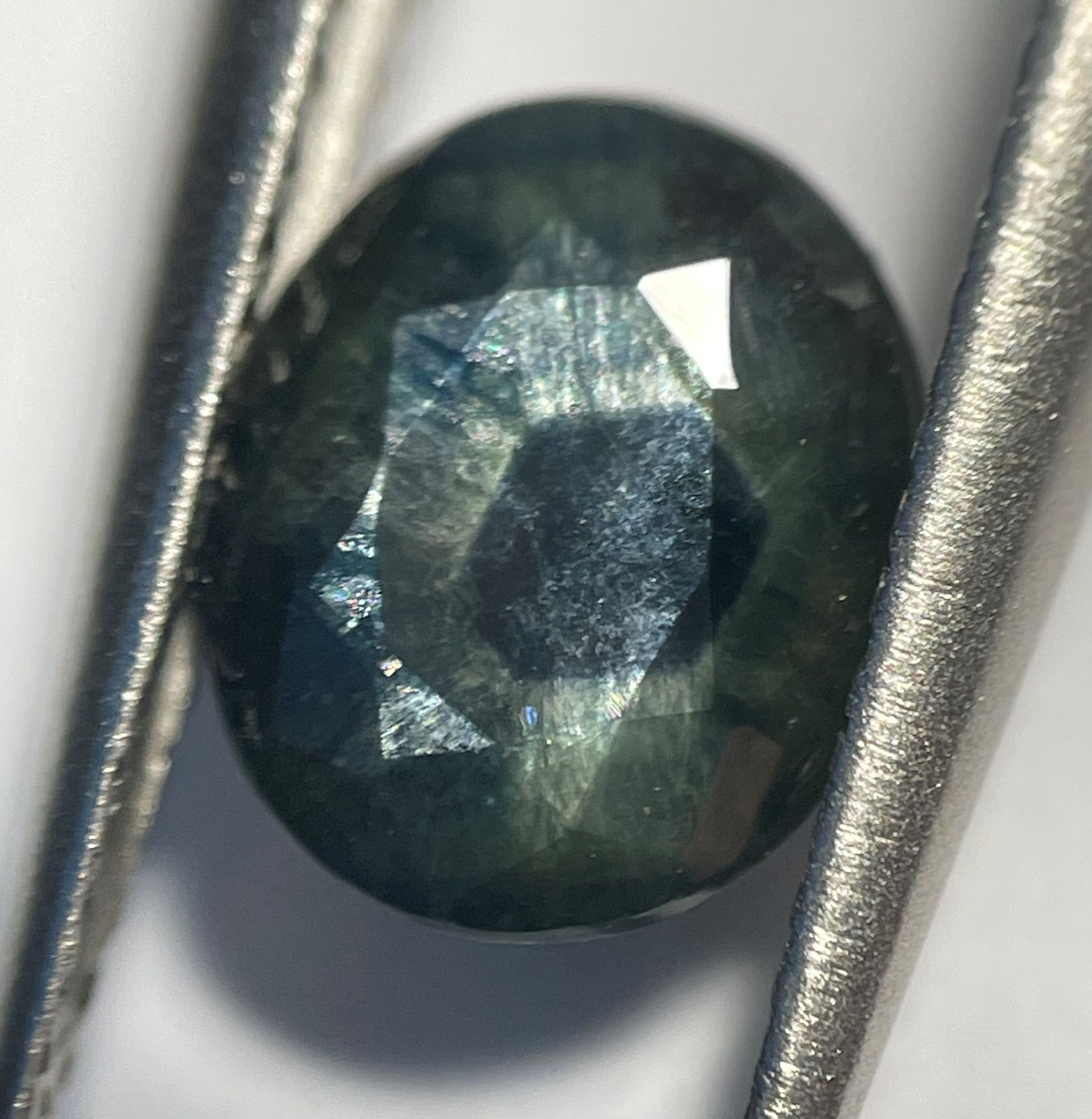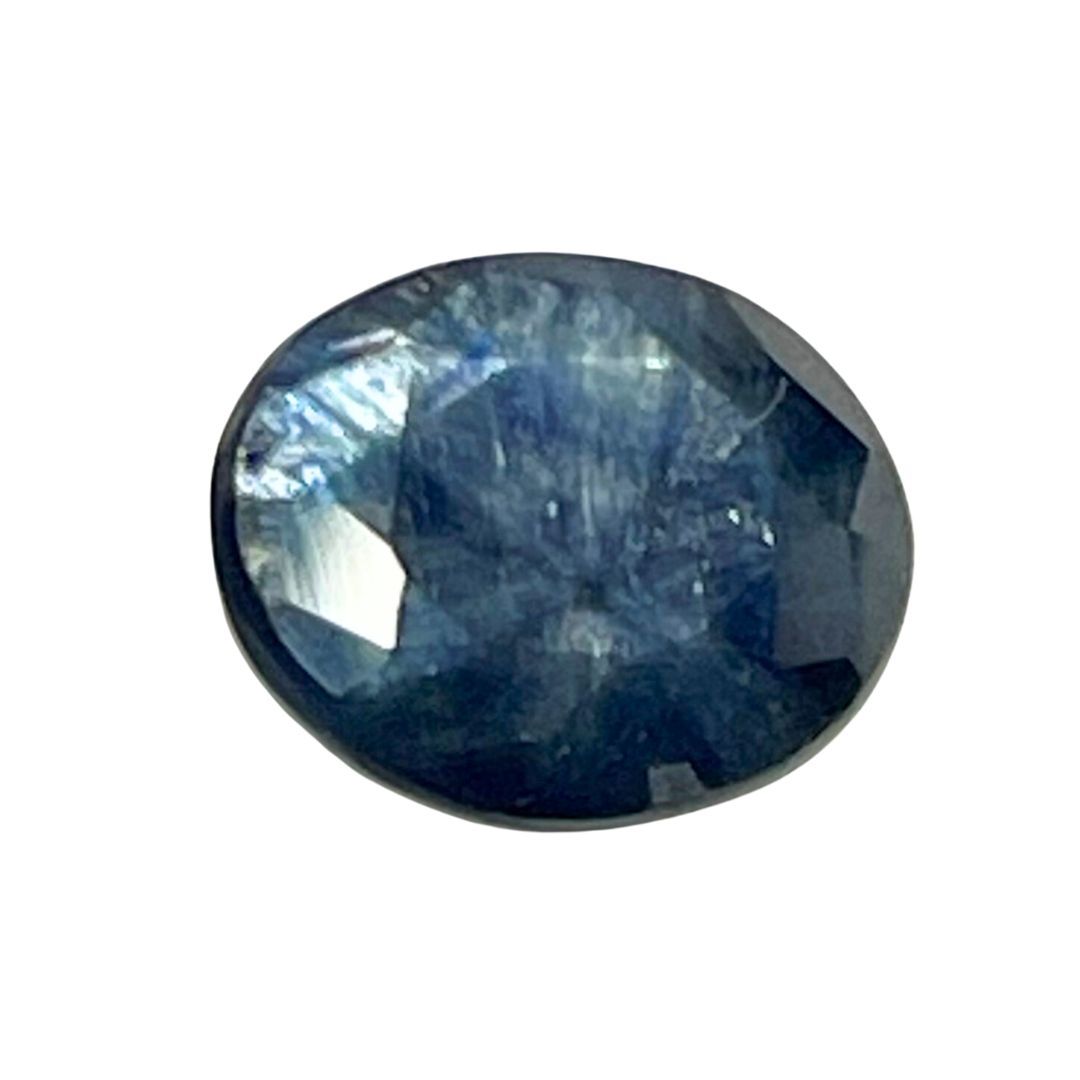Sapphires - they're blue gemstones, right?

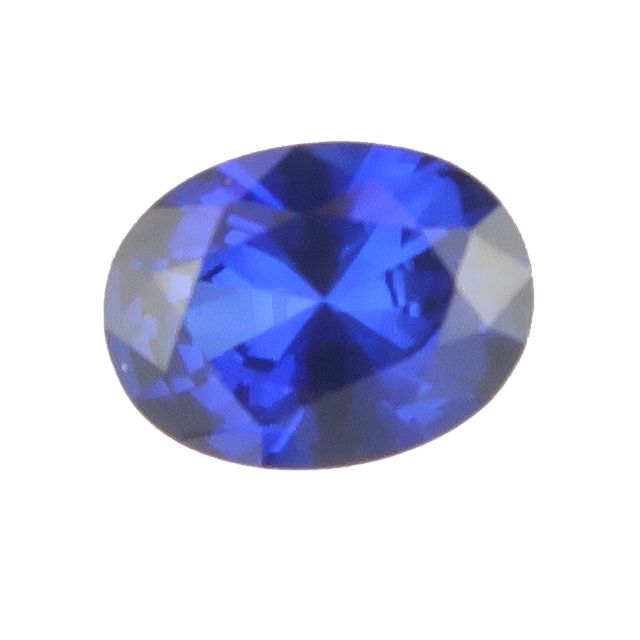
So, you think you know sapphires...
They’re blue, right?
They are – from the transparent, palest cornflower blue, through the velvety royal blue of the finest Kashmiri sapphires to the translucent dark blue/black sapphires – all of them beautiful in their own way.
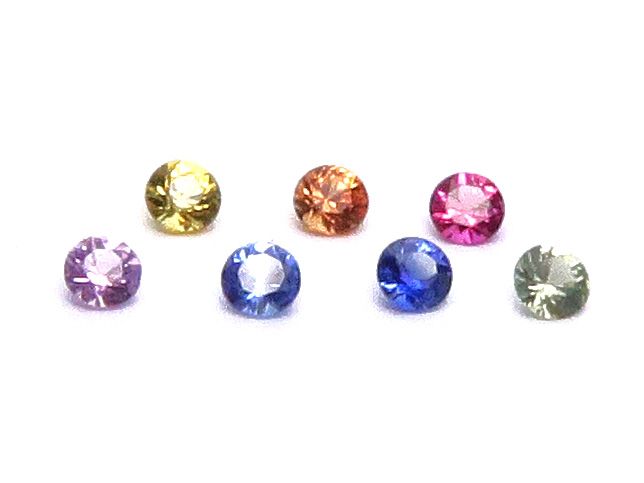
Fancy that!
That’s not the whole story though… Sapphires are the variety of corundum which can be found in every colour except red; from pink and violet, through purple and black, to green, orange and yellow – these are known as Fancy Sapphires! Then there are the colourless, or white, sapphires which have historically been used to imitate diamonds.
The most valuable of all are the Padparadscha sapphires. Named after the colour of the Lotus blossom, these are rare and valuable sapphires whose colour is described as pinkish-orange or orange pink – importantly, a sapphire must display both pink and orange to be called a Padparadscha sapphire.
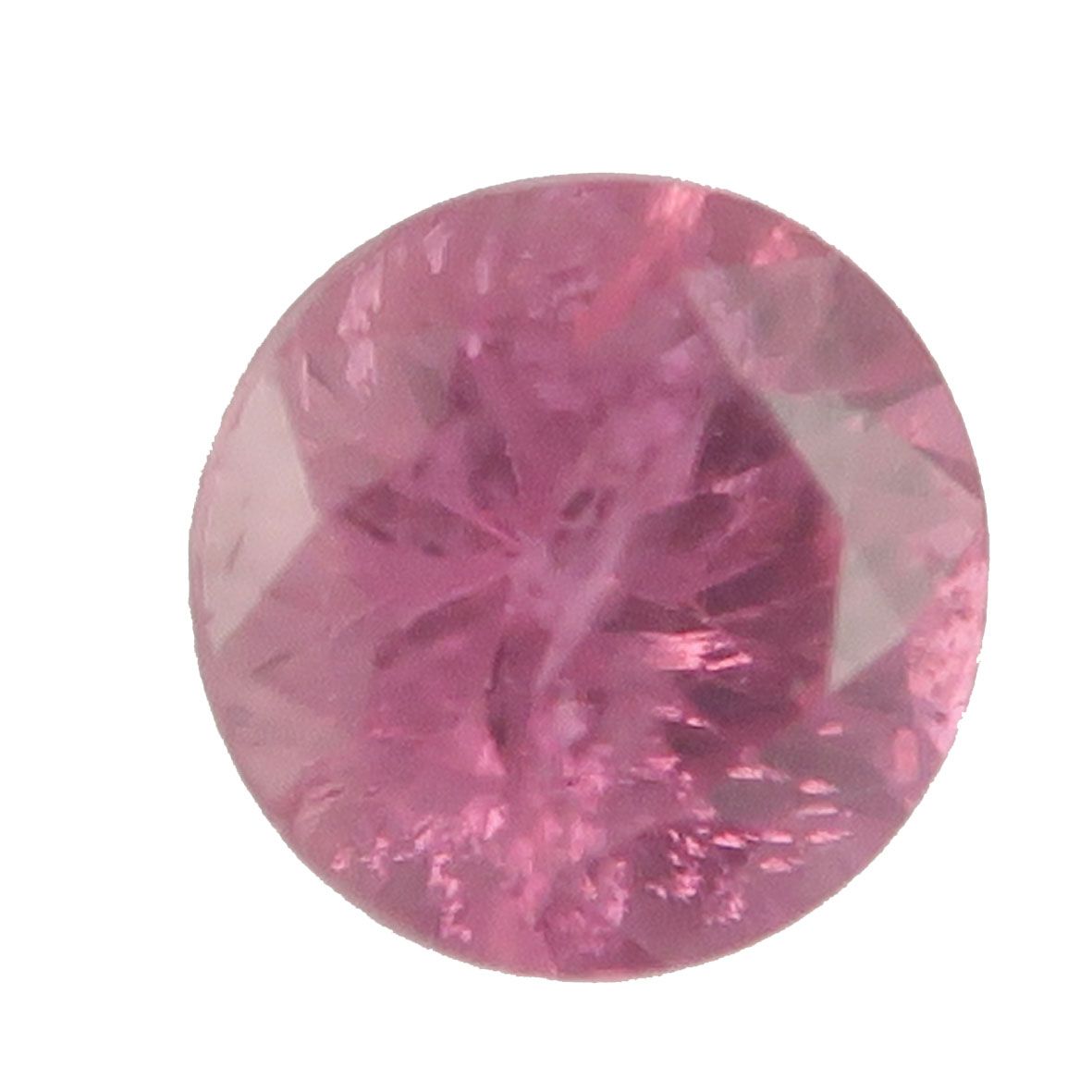
Why not red sapphires?
The mineral corundum is found in all colours – the red variety is called ruby and owes its colour to the presence of chromium in its chemical makeup, whilst the variety sapphire describes all other colours…
but you will see red sapphires available on the market…
These are sapphires which have been treated to artificially introduce beryllium into their atomic structure, making them red in colour. These can’t be described as rubies because the colour doesn’t come from the presence of chromium… not confusing at all is it! I love science - it gives you a rule… and then breaks it…
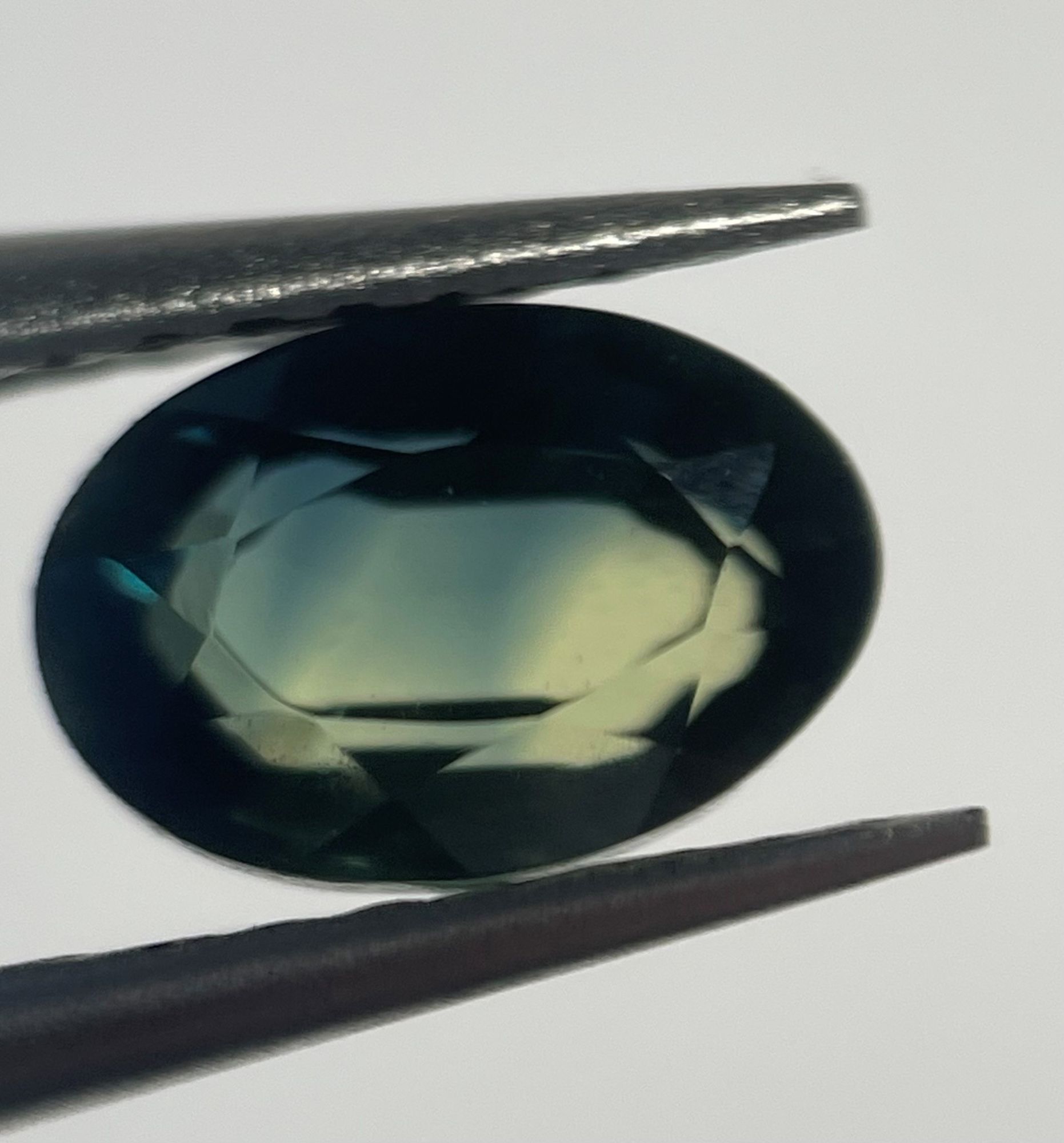
Join the party!
Actually, that should be parti…
You can find parti-coloured sapphires which have different colours within the same gemstone. These are cut from crystals which display different colours within different areas of the crystal, showing where conditions changed whilst the crystal was growing.
Some of these colour zones may be angular and echo the crystal structure of the sapphire or show the growth zones of the crystal as it formed – perfect for gem geeks!
All change!
Sapphires do some amazing things… did you know they can change colour?
Well, in all honesty they appear to be different colours under different light sources, rather than actually changing colour. Daylight is richer in blue light while incandescent light is richer in red light and these differences are enough to make certain sapphires look different colours when viewed in the different lights… that’s not just amazing… that’s seriously cool, right?
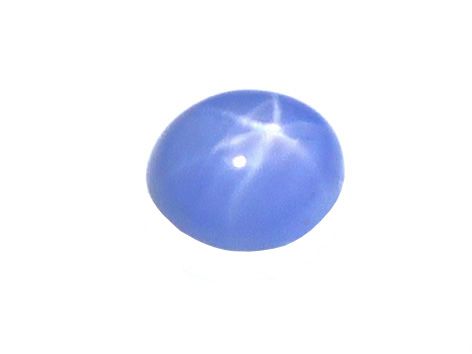
Seeing stars...
Usually inclusions (crystals, fractures, healed fractures, fragments, cavities, etc) are considered a negative when it comes to deciding the quality of a gemstone, but some sapphires have very special inclusions which allow them to display a star-like reflection that moves backwards and forwards across the surface of the gemstone as it‘s moved.
This effect is called asterism and is caused by specifically oriented needle-like inclusions of rutile which reflect the light. Typically, you will see 6-rayed stars, but occasionally you will see a 4-rayed star and very rarely a 12-rayed star which are caused by two different sets of inclusions – one set of rutile and one of hematite, oriented slightly differently, which produce the 12 rays. Geek alert - I need one of these amazing 12-ray sapphires in my life…
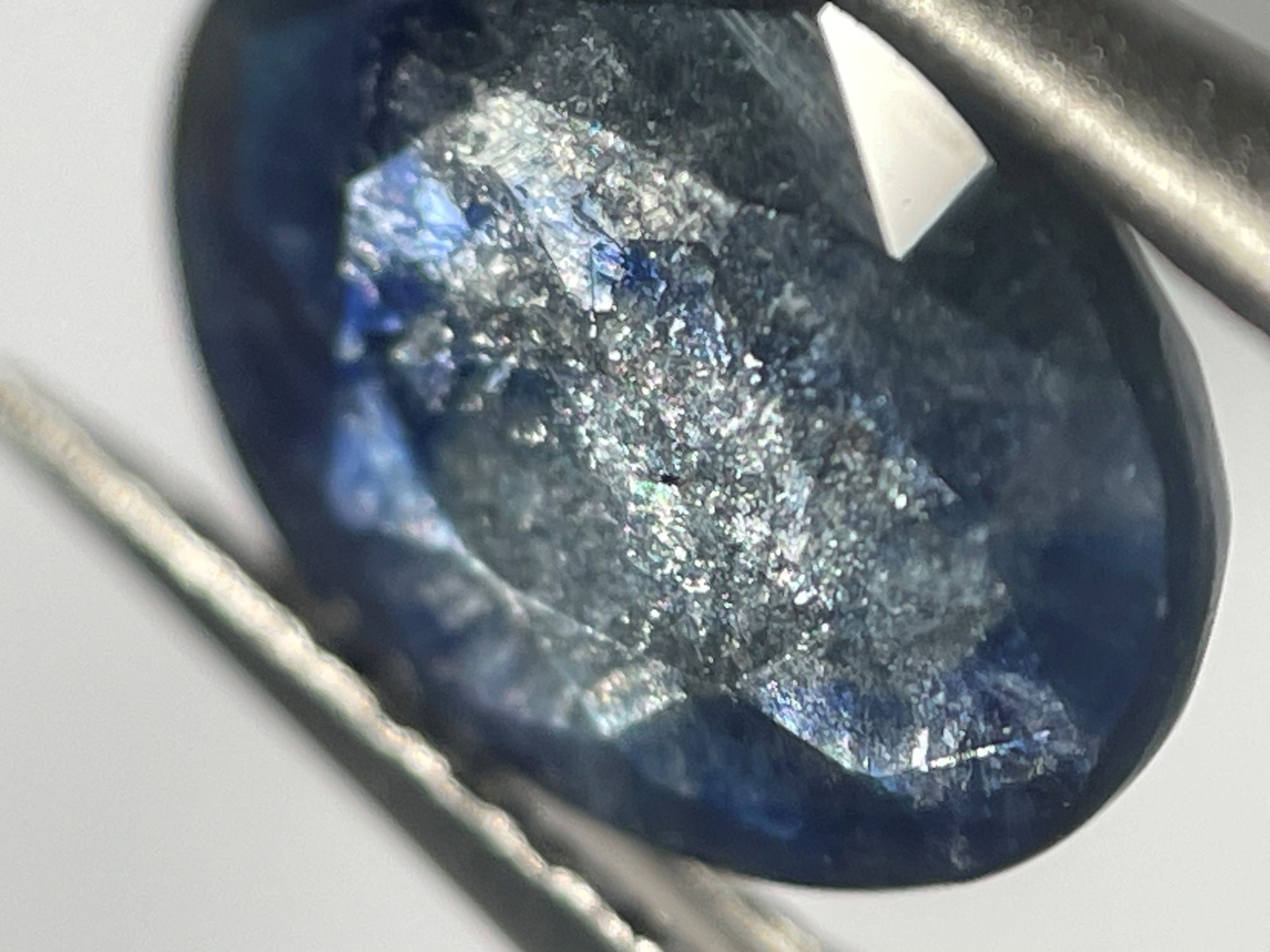
Shimmy that sheen!
When moved around in the light, some sapphires display an amazing sheen or shimmer from inside. This is mesmerizing and is believed to be light reflecting off platelets of hematite, ilmenite or rutile.
These minerals may be the result of exsolution – a process where a homogenous, solid solution separates into at least 2 different crystalline minerals… what makes this process even more interesting is that no other materials are added or removed to produce these different minerals… the crystals form from what is present in the original solution!
Well, wheelie...
What do wheels have in common with some sapphires? Some rare emeralds (bear with me here, I know the blog is about sapphires…) have 6 or 7 individual crystals which are separated by a mixture of dark-coloured minerals forming a 6-ray star pattern. These are called Trapiche Emeralds, and their name is derived from the wheels used to grind sugar cane in Columbian mills – specifically the spoke-like pattern of the dark minerals echoing the spokes of the wheels.
Some rare sapphires display trapiche-like colour zoning while others display trapiche-like inclusions which reflect the light. They differ from trapiche emeralds as the colour zoning or inclusions are within the crystal, not 6 or 7 individual crystals – they’re still pretty amazing though!
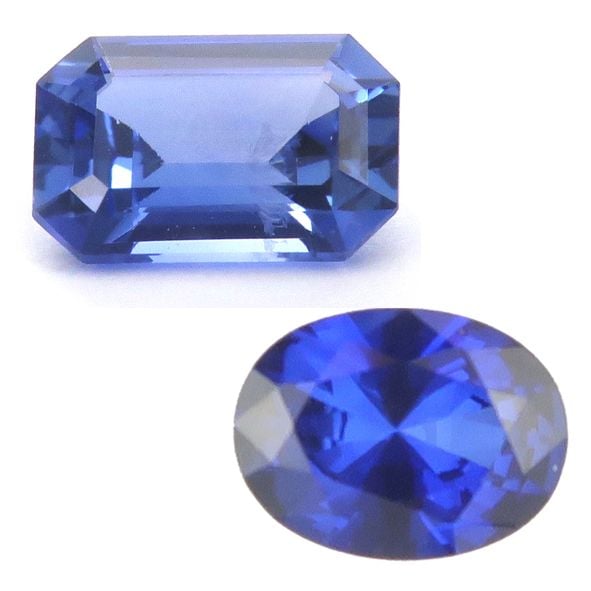
They're well 'ard!
Well, they’re certainly durable gemstones! Measuring their resistance to scratching, they have a hardness of 9 on the Mohs’ scale (10 being the hardest), excellent toughness which makes them resistant to fracturing (unless they are already fractured…) and are very stable, meaning they are resistant to attack by chemicals, UV, etc.
All of this makes them excellent gemstones to use in any piece of jewellery, including engagement rings!
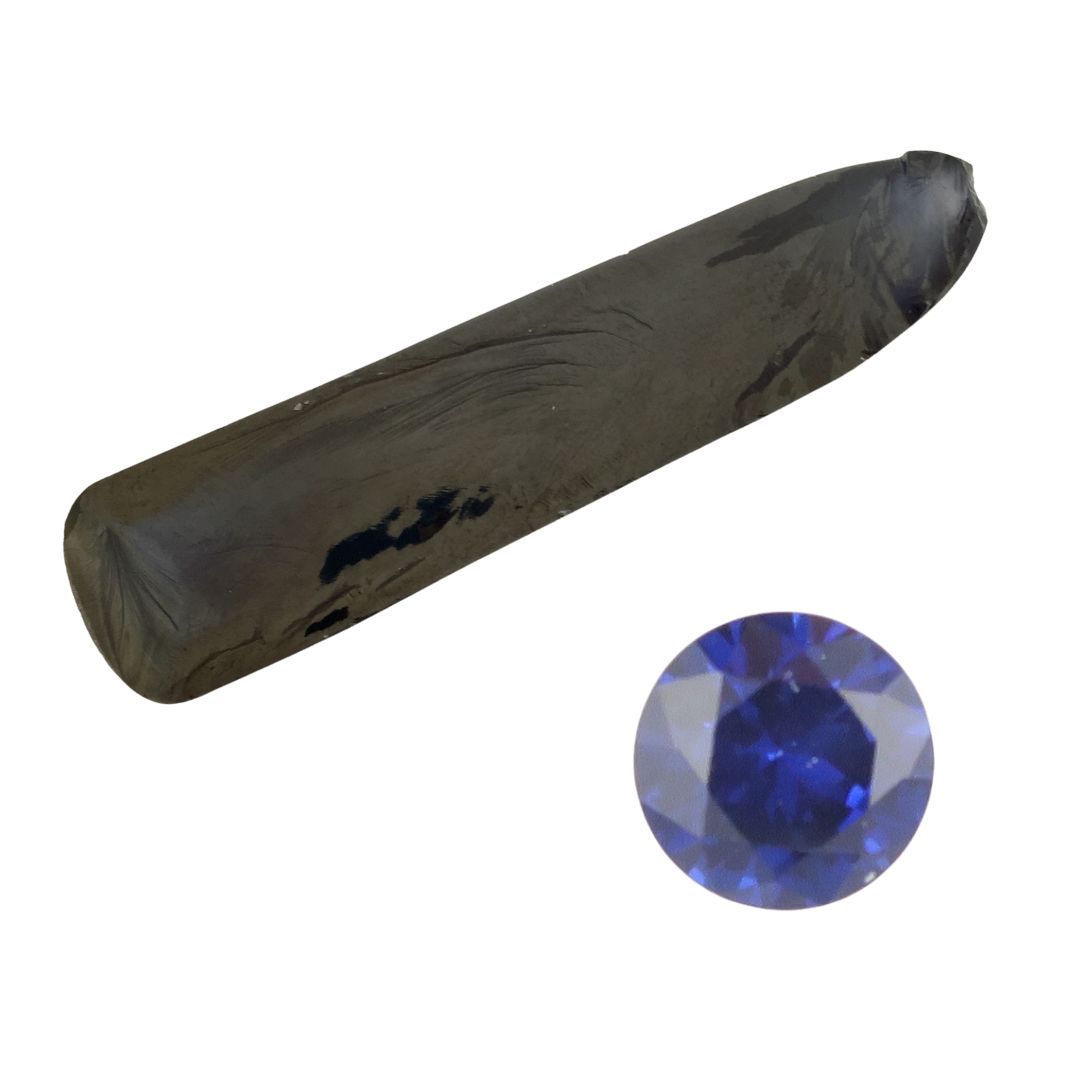
Man-made replicas...
Did you know that the first sapphire successfully grown by man was in the late 1800s or early 1900s… apologies for such a wide date range but there are a number of credible sources whose opinions differ!
Whenever it actually was, rubies were successfully synthesized first, before sapphires. If you own a rather nice watch, you may already own synthetic sapphire as the sapphire crystal glass used in watches is colourless synthetic sapphire. If it’s a very nice watch, you may well have synthetic ruby bearings inside too!
Synthetic sapphires have the same physical, chemical and optical properties as natural sapphires – to all intents and purposes they are identical (apart from their inclusions… but that’s a blog post of its own…). You can also find colour-change synthetic corundum which has been used to imitate alexandrite (badly) but it may also be found in antique jewellery, its colour looking just like an amethyst… until you try 2 different light sources!
As well as gemstones, synthetic sapphires are also used in lasers, but the most interesting industrial use I’ve seen is where they are used as windows in the aerospace industry… cosmic!! Sorry, couldn’t resist…
Confession time… I love sapphires…
Hopefully this blog will have introduced you to sapphires you’ve never seen or heard of – and possibly made you want to find out more about them, or even use them in your jewellery designs. I make no apology for my love of sapphires – they are beautiful, durable and some are very special indeed!

